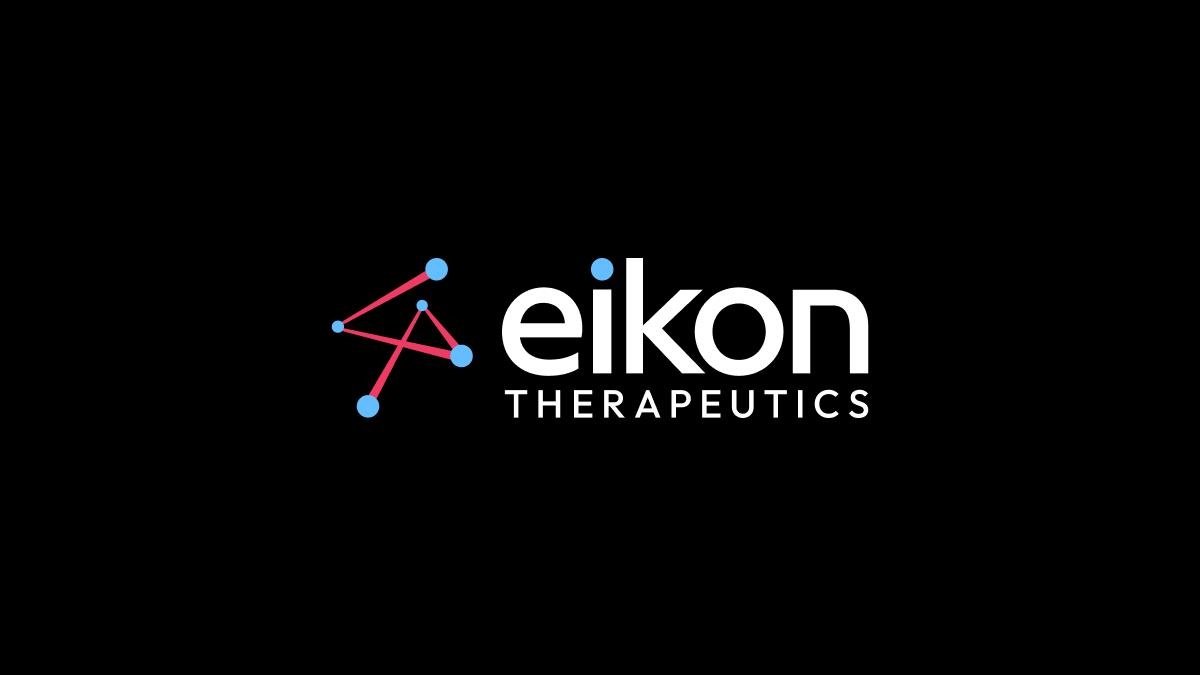ATS: Vicore, Endeavor therapies show promise in IPF

Two experimental therapies from Vicore Pharma and Endeavor BioMedicines that could provide new ways of treating idiopathic pulmonary fibrosis (IPF) have shown encouraging results in mid-stage clinical trials.
Vicore’s buloxibutid is an angiotensin II type 2 receptor agonist (ATRAG), while Endeavor’s ENV-101 is a Hedgehog (Hh) signalling pathway inhibitor.
Both are trying to improve on current standard-of-care therapies for IPF that may slow the decline of lung function, but do not stop or reverse it, and new data reported at the American Thoracic Society (ATS) 2024 congress provides evidence they may be able to achieve that goal.
The phase 2a trial of buloxibutid showed significantly improved lung function over 36 weeks of follow-up, with an average forced vital capacity (FVC) increase of 216 mL from baseline, reversing the 180 mL decline over that period that would typically be observed in untreated IPF patients.
The drug – taken orally twice a day – was also safe and well-tolerated over 36 weeks of treatment, with no drug-related serious adverse events and good gastrointestinal tolerability, which is an important finding as the renin-angiotensin system (RAS) is highly expressed and active in the GI tract due to its pivotal role in the intake and excretion of fluid and electrolytes.
The improvement in FVC – the amount of air that can be expelled in a breath – was backed up by improvements in biomarkers that suggest the drug is working as expected. There was an increase in plasma MMP-13 (also known as collagenase-3), an enzyme that can break down fibrotic lesions, and a decrease in the profibrotic cytokine TGFβ1 over the 36-week period.
Vicore is now moving ahead with a phase 2b trial that will look at FVC changes over 52 weeks and is due to start before the end of the year.
Endeavor, meanwhile, presented data from another phase 2a trial, showing that ENV-101 achieved a statistically significant increase in total lung capacity (TLC) – the volume of air in the lungs upon the maximum effort of inspiration – above baseline at 12 weeks.
There was an average 200 mL improvement at that time point with the once-daily oral drug, compared to a decrease of 56 mL in a group treated with placebo. Moreover, there was a 1.9% mean improvement in percent predicted FVC from baseline with ENV-101 compared to a decline of 1.3% in the placebo group
The Hh pathway is usually involved in wound healing, but is thought to be abnormally activated in IPF and PPF, causing the build-up of scar tissue in the lungs.
Armed with the new results, Endeavor is now planning to start the WHISTLE-PF trial of the drug, which will include a phased 2b cohort of IPF patients and a phase 2 progressive pulmonary fibrosis (PPF) group.
If the data is backed up in later studies, both drugs have a chance of offering a disease-modifying approach to IPF, which is currently treated with drugs like bronchodilators that can only slow progression and attempt to alleviate symptoms.
Other potentially disease-modifying IPF drugs coming through the industry pipeline include Boehringer Ingelheim’s phosphodiesterase 4B (PDE4B) inhibitor BI 1015550, United Therapeutics’ prostacyclin mimetic treprostinil, and Bristol-Myers Squibb’s LPA1 antagonist BMS-986278 – all of which are in phase 3 testing.
Although IPF is considered a rare disease, there are still around 100,000 people with the condition in the US alone, with up to 20 people per 100,000 affected globally. Meanwhile, the market for IPF drugs was valued at more than $4 billion in 2020, but this is expected to double by the end of the decade.
Image by Engin Akyurt from Pixabay












